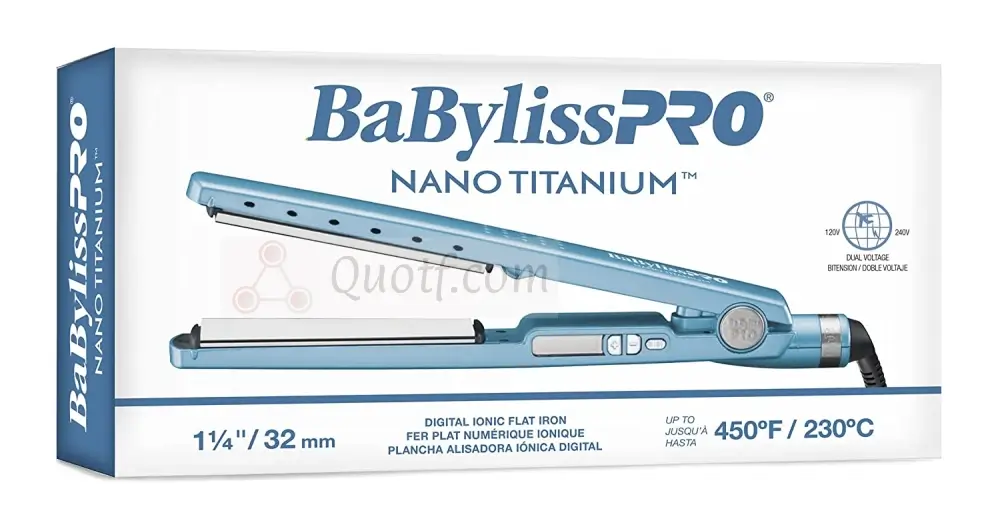Laser Hair Removal – What exactly is it and how does it Work?

What does laser hair removal do?
Laser hair treatment is a new, super smooth and innovative way to permanently remove unwanted hair from the body. There are a variety of laser hair treatments available for both men and women. Laser hair removal is a great option for anyone who wants to remove unwanted body hair. There are different levels of lasers that the machine can be set to, depending on what you want to remove and your tolerance level. The laser works by targeting follicles in the skin that produce hair, causing them to fall out or shrink in size after each treatment. This article will go over everything you need to know about this revolutionary new technology, including how it works, what areas can be treated with laser hair removal, and the side effects that come along with having this procedure done.
How Does Laser Hair Removal Work?
Laser hair removal works by using a concentrated beam of light to target and destroy hair follicles. This technology has been used for many years to treat various medical conditions, such as skin cancer. It was only recently that laser hair removal began being used as a cosmetic treatment. This laser treatment is applied to the scalp, with the goal of stopping hair growth for an extended period of time. Laser hair treatment has been clinically shown to reduce hair density by 90 percent.
What Areas Can Be Treated With Laser Hair Removal?
Laser hair removal can be used to treat any area of the body that has unwanted hair. The most common areas for treatment are the face, legs, bikini line, and underarms. However, laser hair removal can also be used to remove hair from more sensitive areas, such as the chest or back. However, there are some areas that should be avoided. These include the lips, face and eyelids. In addition, pregnant women should always consult a doctor before undergoing laser hair removal.
Can a laser reduce the total number of hairs produced on a body?
Laser hair removal typically uses a single pulsed beam of intensely focused light energy, delivered by an intensely bright pulse of light from one of several types of laser diodes. The target area is prepared by shaving the hair follicles so that they cannot project above the surface of the skin and interfere with delivery. This “pre-pulse” may remove some upper level surface cells, which are not damaged by the actual treatment, but will ultimately grow back without apparent harm or new hair growth. Alternatively, an additional cooling device called a cryogen spray is used to freeze the follicles before treatment begins to prevent them from being injured by low levels laser energy.
Types of Laser Hair Removal
There are three different types of lasers that are typically used for hair removal Alexandrite, Diode, and Nd:YAG. Each laser has its own set of benefits and drawbacks, so it’s important to understand which one is best suited for your specific needs.
The Alexandrite laser is good for treating light to medium skin tones, and is effective in removing hair from the face, under arms, legs, and bikini line. This laser is known for being fast and effective, but can cause some discomfort during treatment.
The Diode laser is good for treating darker skin tones, and is effective in removing hair from the face, under arms, legs, and bikini line. This laser is known for being gentle and effective, but can take a little longer to achieve results.
The Nd:YAG laser is good for treating all skin tones, and is effective in removing hair from the face, body, and bikini line. This laser is known for being the most versatile of the three lasers, but can be more painful than the other two lasers.
How Long Does Laser Hair Removal Take?
The length of the treatment is determined by the type of laser used and the number of treatments you need. Laser hair removal treatments typically lasts anywhere from two to four weeks. After that, you can expect to see noticeable results.
Is laser hair removal permanent?
No-the best way to think of it is that laser treatments only work as long as you keep up with the treatments. If you stop having laser hair removal treatments, the hair will slowly start to grow back. Typically, you’ll need to have maintenance sessions every few months in order to maintain results.
How does laser hair treatment compare to conventional treatments?
Laser hair treatment is a more recent technology that has been developed to target and destroy the hair follicle. This technology is said to be more effective than older methods like electrolysis and waxing. Conventional treatments, like electrolysis, work by inserting a needle into each individual hair follicle and then delivering an electrical current. This method is very time consuming, and can be painful. Waxing is another popular traditional treatment, but it can be messy and often results in ingrown hairs. Laser hair treatment is much more effective than these two traditional methods, and doesn’t require a lengthy or painful process.
What are some common misconceptions about laser hair treatment?
Laser treatments aren’t just for women. Many people have this misconception that laser hair removal is only appropriate for females who want to remove unwanted hair from their legs, chin or bikini line. Over the past few years, there has been a significant increase in demand for male laser body and facial hair treatments. Laser treatment is completely safe for both women and men, which means that FTM transgender people can also benefit from this technology too.
The laser won’t work if you have dark skin. People with darker skin tones will typically emit a lot more melanin in response to sunlight or laser light than those with lighter complexions do-this blocks the light and inhibits treatment results. However, this is not always true! There are some lasers that can be used on darker skin tones to deliver maximum benefits with minimal risk of pigmentation problems or scarring.
How much does laser hair removal cost?
The laser hair removal cost varies depending on the amount of hair you want removed.
What Are The Side Effects Of Laser Hair Removal?
Laser hair removal is a low-risk procedure with minimal side effects. Some people may experience some miner laser hair removal side effects like as mild redness after the treatment, but that should only last for an hour or two at most. More serious concerns can include pain during and/or after the procedure. Risks associated with lasers can be minimized by the use of protective eyewear during each treatment session.
How to Take Care of Your Skin after Laser Hair Removal?
After care for laser hair removal is crucial in order to maintain the results of your sessions. When you make your appointment, be sure to ask what type of aftercare will be given to you by the esthetician or dermatologist-some might request that you use an anti-inflammatory cream every few hours after treatment, while others may want you to avoid sun exposure for a week following treatment.
Conclusion
Laser hair removal is a new and innovative way to permanently remove unwanted body hair, but it’s not for everyone. If you’re looking into having this procedure done, be sure to consult with your doctor or dermatologist first so that they can help determine if laser hair treatment is right for you.





